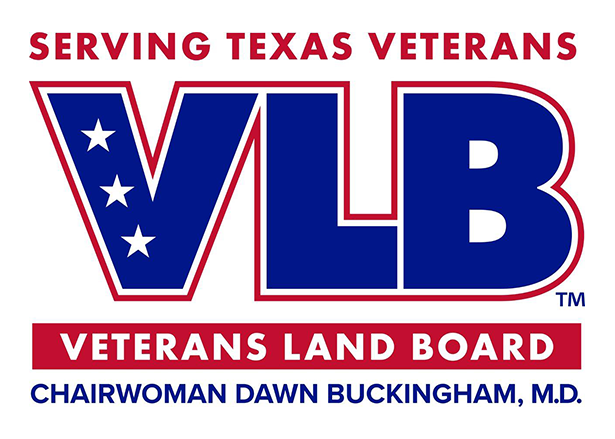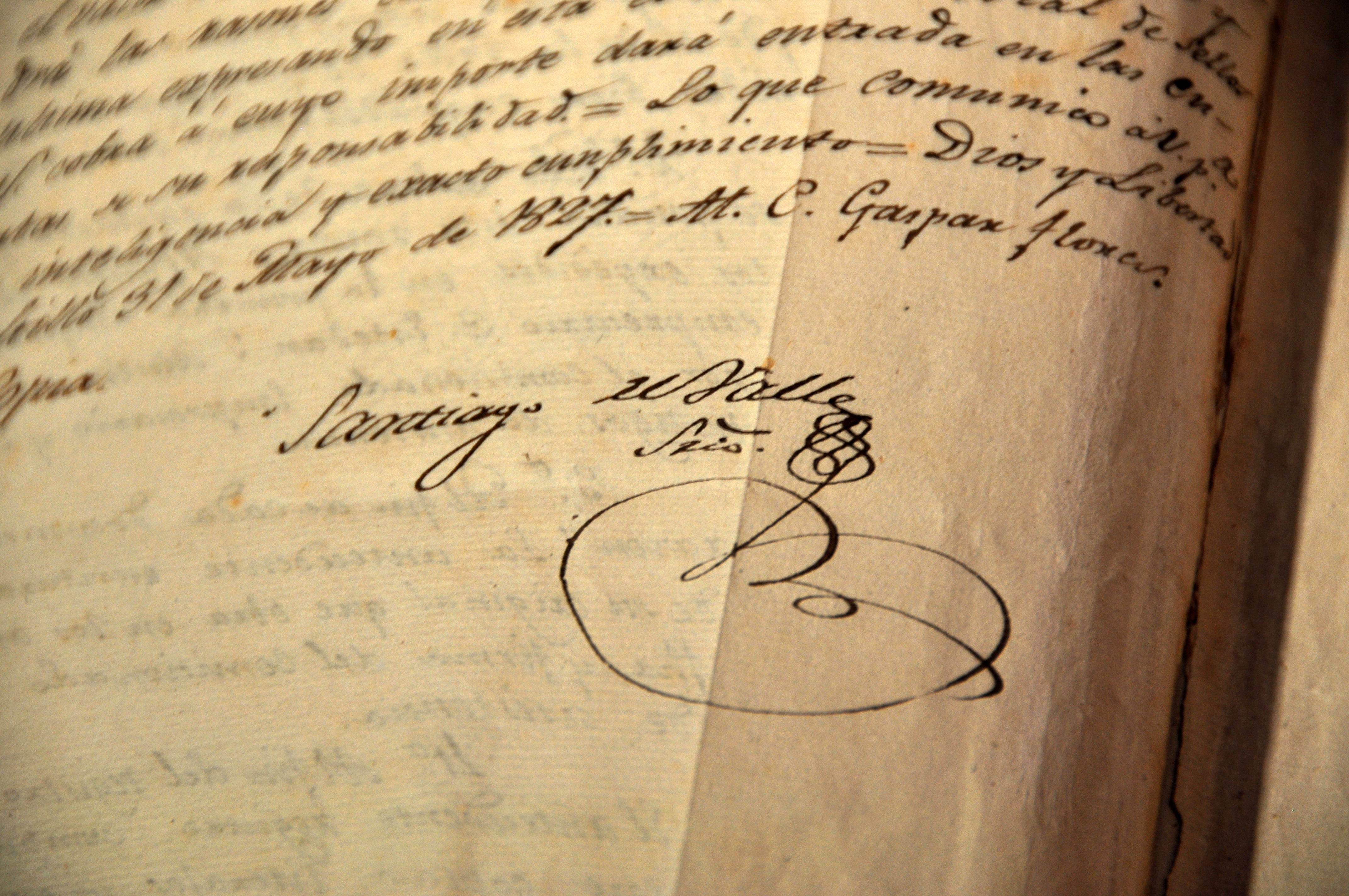Funds to improve drainage and wastewater infrastructure approved for the city of Daisetta
Today Texas Land Commissioner George P. Bush, Texas Senator Robert Nichols and Mayor Kellie Taylor announce the Texas General Land Office (GLO) approved more than $3.3 million in flood mitigation projects to improve drainage and wastewater infrastructure for the Liberty County city of Daisetta. These infrastructure projects will directly benefit the local residents in a majority low-to-moderate income (LMI) area who have faced repetitive storm damage in 2015, 2016, 2017 with Hurricane Harvey, and 2019.
“Across Texas, many communities are relying on infrastructure that was designed to protect residents from the storm and disaster events of 40 or 50 years ago,” said Commissioner Bush. “We must ensure our communities are better protected against devasting storms they face today, and in the years to come. This drainage and wastewater collection system project we’re awarding today for the city of Daisetta will benefit this community and its residents – protecting lives, homes, and businesses – for generations.”
“During Hurricane Harvey, the area around Daisetta recorded a staggering 52 inches of pounding rain—all in an area that normally only gets 54 inches of rain in an entire year,” said Daisetta Mayor Kellie Taylor. “This $3.3 million in funding from Commissioner George P. Bush and the GLO will help us improve our drainage system, make repairs to damaged infrastructure, and protect our homes, businesses, and public facilities from more devastating storms in the future.”
Texas Senator Robert Nichols offered his support from the Texas Capitol saying, "It's impossible to overstate how important these flood mitigation funds are to East and Southeast Texas. Senate District 3 saw severe flooding during the 2015 floods, the 2016 floods, and again during Hurricane Harvey in 2017. These flooding events showed just how vulnerable this area of the state is and how necessary mitigation efforts are. Senate District 3 won over $105 million in the competitive flood mitigation fund award process because the projects in our region are vital to protecting Texans from future flood events. I appreciate the professionalism of the GLO throughout this process and our local officials who worked so hard to make these projects a reality."
In May 2020, Commissioner George P. Bush announced the kick-off of the application process for the first round of more than $2.3 billion in Community Development Block Grant Mitigation (CDBG-MIT) funds from the U.S. Department of Housing and Urban Development (HUD) to protect Texas communities hit by Hurricane Harvey and severe flooding in 2015 and 2016. During the first round, the GLO conducted three competitive application programs from the CDBG-MIT Action Plan. Those programs include:
- 2015 Floods State Mitigation Competition – GLO awarded $31,426,781 to four grantees.
- 2016 Floods State Mitigation Competition – GLO awarded 21 grantees with $135,462,438.
- Hurricane Harvey State Mitigation Competition Round 1 ($1 billion of $2,144,776,720 total).
Applications closed for the first round of funding October 28, 2020, and the GLO evaluated all 290 submitted applications in accordance with the HUD approved scoring criteria. Eligible applications with the highest scores were awarded funds. The second round of the competition will award the remaining $1,144,776,720 in mitigation funding to Hurricane Harvey eligible entities.
HUD defines mitigation as activities that increase resilience to disasters and reduce or eliminate the long-term risk of loss of life, injury, damage to and loss of property, and suffering and hardship, by lessening the impact of future disasters. HUD requires that at least 50% of total funds must be used for activities benefiting low- to moderate-income (LMI) persons.
The State of Texas CDBG Mitigation Action Plan: Building Stronger for a Resilient Future outlines the use of funds, programs, eligible applicants, and eligibility criteria as required by HUD. The plan was sent to HUD on February 3, 2020, after an extraordinary public outreach effort including a 50-day public comment period and eight regional public hearings, far-surpassing HUD requirements. HUD approved the plan March 31, 2020. For more information, please visit recovery.texas.gov/mitigation.
City of Daisetta: Drainage and Wastewater Collection System Improvements - $3,366,142
LMI Percentage: 54.05%
The city of Daisetta project will make improvements to the drainage system that will result in increased efficiency in the movement of water and enhance the safety of the roadways for drivers. Over the five days that 2017’s Hurricane Harvey impacted the coastline, nearly 52 inches of rain was recorded near Daisetta where the average annual rainfall is 54 inches. The project will improve the drainage system through work on manholes, ditches, replacing sewer line, culverts, and pavement repairs.
Included improvements:
- Raise 68 existing manholes and replace 26 throughout the city.
- Rehabilitation to sewer lines for a total of 7,530 linear feet of lateral pipeline for replacement.
- Ditch improvements to bring drainage infrastructure to needed capacity.
- Preparation for 7,740 LF prior to gradation
- Regrade 29,950 LF of ditches to bring drainage infrastructure to needed capacity.
- Installation of 1,920 cubic yards of concrete slope.
- Replace a total of 780 LF of culverts and 1,470 LF of pavement repair where culverts are replaced.
This project will increase the resiliency and functionality of the drainage system in the city, moving water and preventing flooding. Functional manholes allow for clearance via sewer jetting trucks when lines are clogged, and evaluation of pipe and system integrity using special cameras and equipment.








